India's Neeraj Chopra and Pakistan's Arshad Nadeem have qualified for the men's javelin throw final at the Olympic Games.
Chopra achieved a season's best effort of 89.34m in his first attempt during the qualification round on Tuesday.
The 26-year-old crossed the automatic qualifying mark of 84m with his opening throw, securing the top spot in Group B. This effort, the second best of his career, alleviated concerns about Chopra's fitness, as he had been dealing with an adductor niggle before the Games. His personal best remains 89.94m, achieved in 2022.
Pakistan's Arshad Nadeem, the reigning Commonwealth Games champion, also qualified for the finals with a throw of 86.59m in Group B. Grenada's Anderson Peters made the cut with a throw of 88.63m.
Kishore Jena, the other Indian competitor, did not qualify for the 12-man final on Thursday, managing a throw of 80.73m.
Chopra's performance was brief but impressive, effectively securing his spot with his first attempt. Jena finished ninth in Group A with a throw of 80.73m, which did not qualify him for the finals.
Athletes who throw 84m or more, or the 12 best performers from Group A and B combined, will advance to the final on Thursday. Jena's throws were 80.73m in his first attempt, a foul in his second, and 80.21m in his third.
Julian Weber of Germany topped Group A with a throw of 87.76m. Former world champion Julius Yego (85.97m) of Kenya and Tokyo Olympics silver medallist Jakub Vadlejch (85.63m) of Czechia placed second and third. Toni Keranen (85.27m) of Finland also surpassed the automatic qualification mark.
Jena secured his Olympic berth with an 87.54m throw for a silver medal at the Asian Games in October last year. Since then, he has crossed the 80m mark in only one out of six competitions before Tuesday.
(With inputs from PTI)






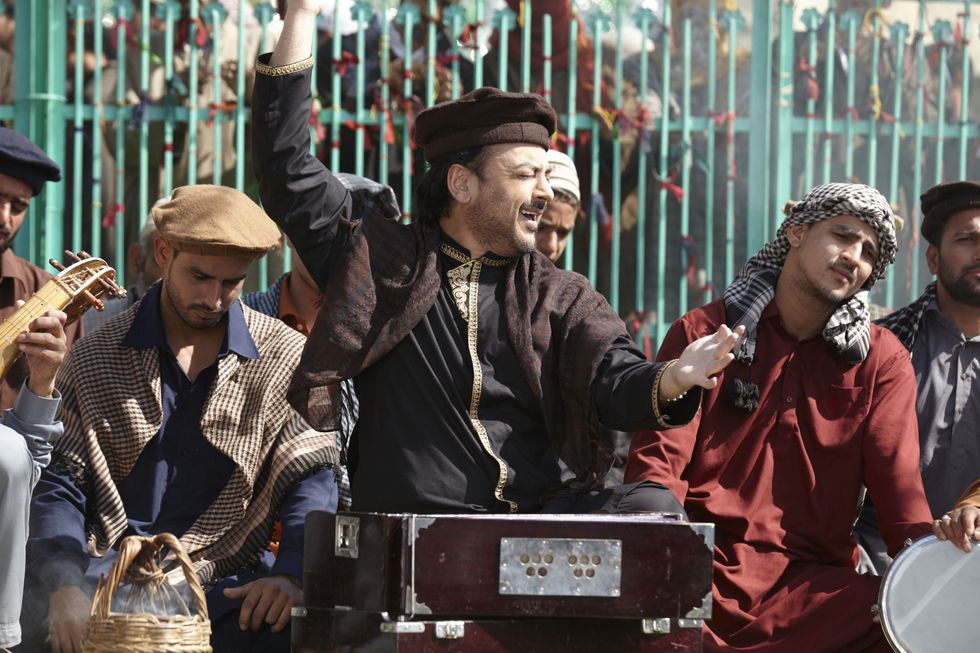 Bajrangi Bhaijaan
Bajrangi Bhaijaan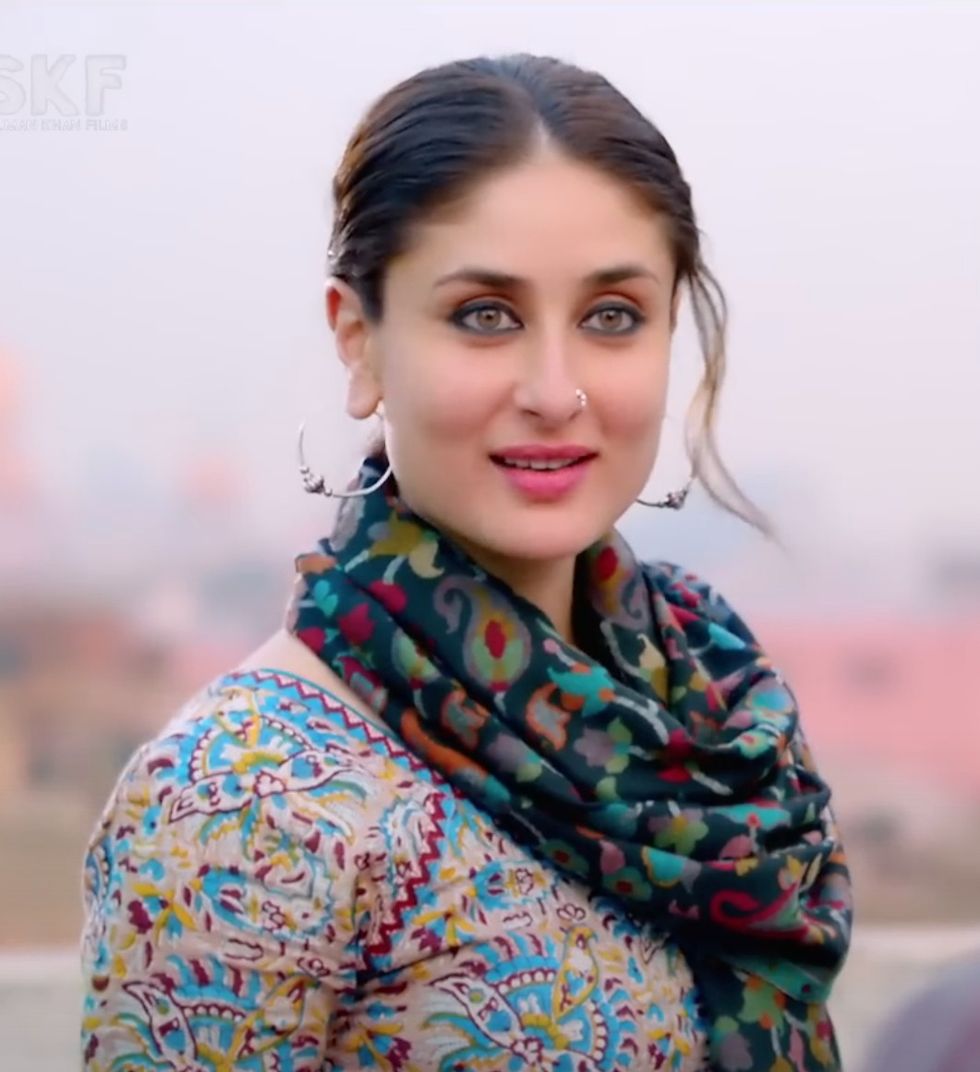 Kareena Kapoor
Kareena Kapoor 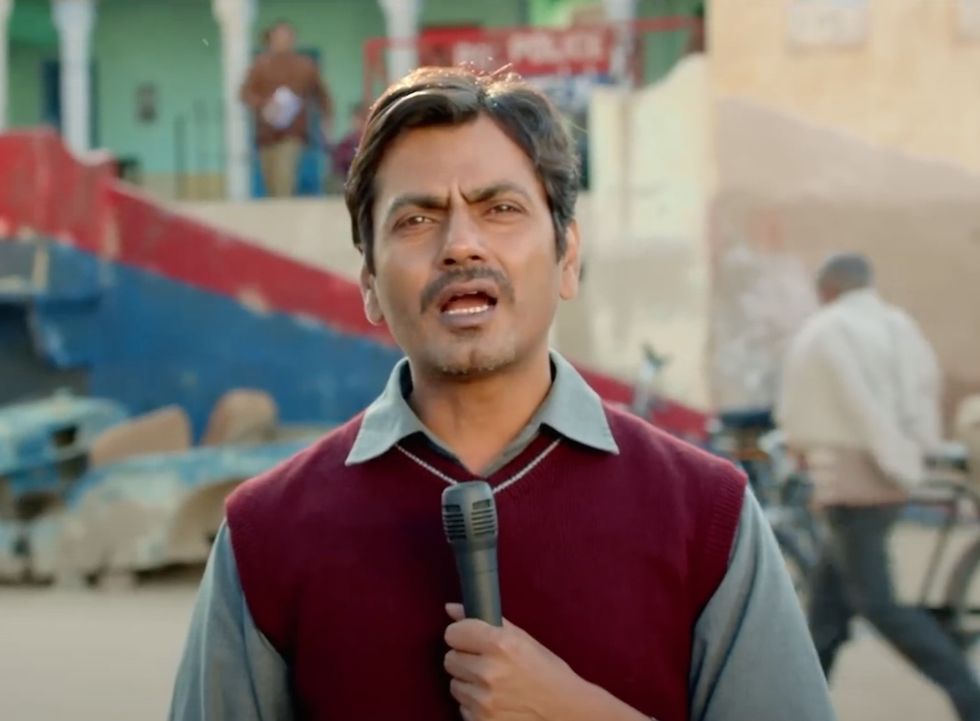 Bajrangi Bhaijaan
Bajrangi Bhaijaan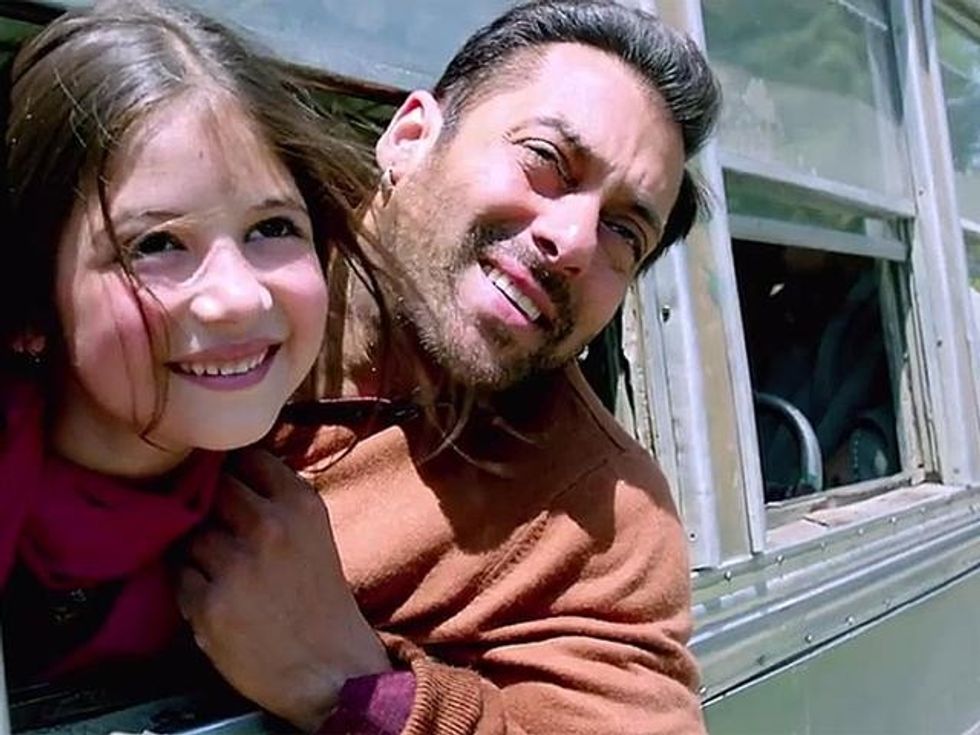 Bajrangi Bhaijaan
Bajrangi Bhaijaan





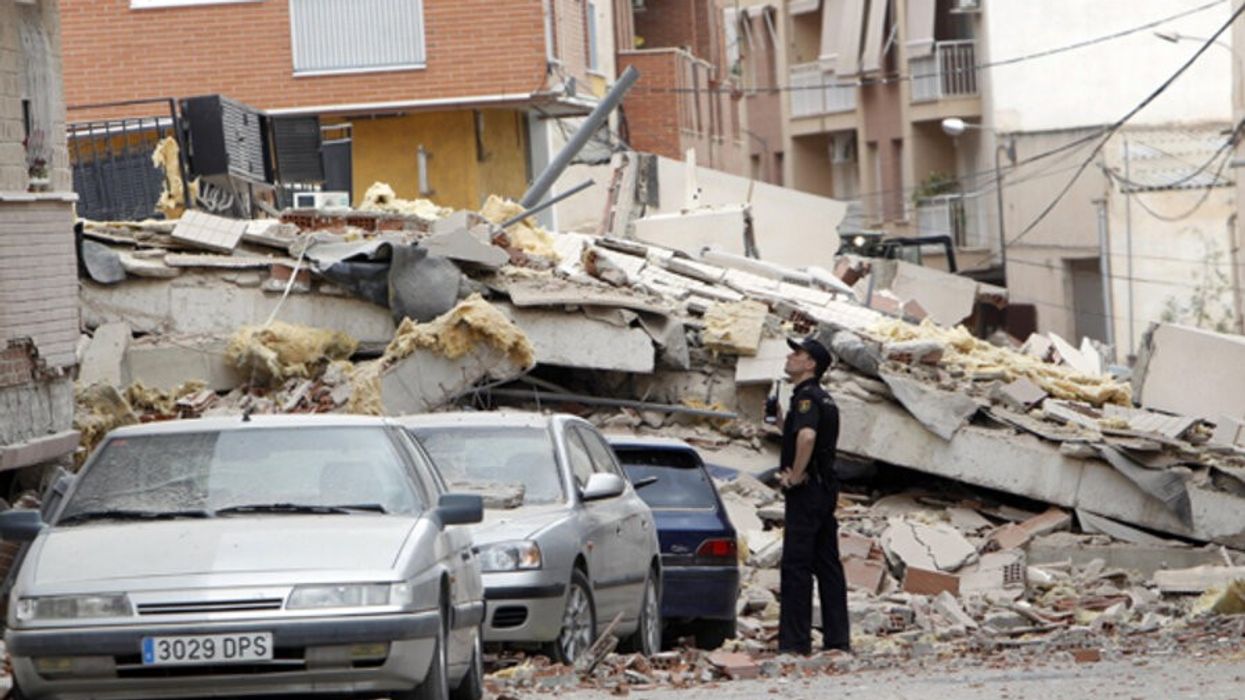






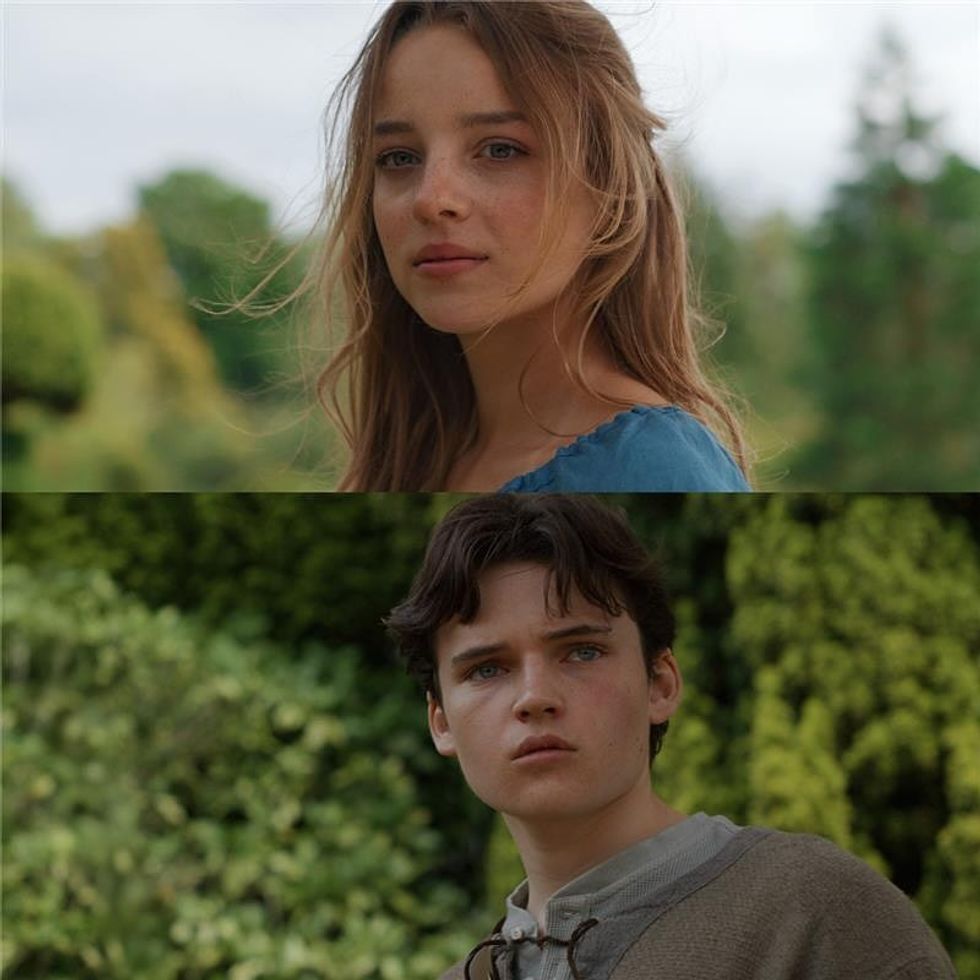 First glimpse of the young actors in costume from the upcoming Legend of Zelda movieInstagram/
First glimpse of the young actors in costume from the upcoming Legend of Zelda movieInstagram/